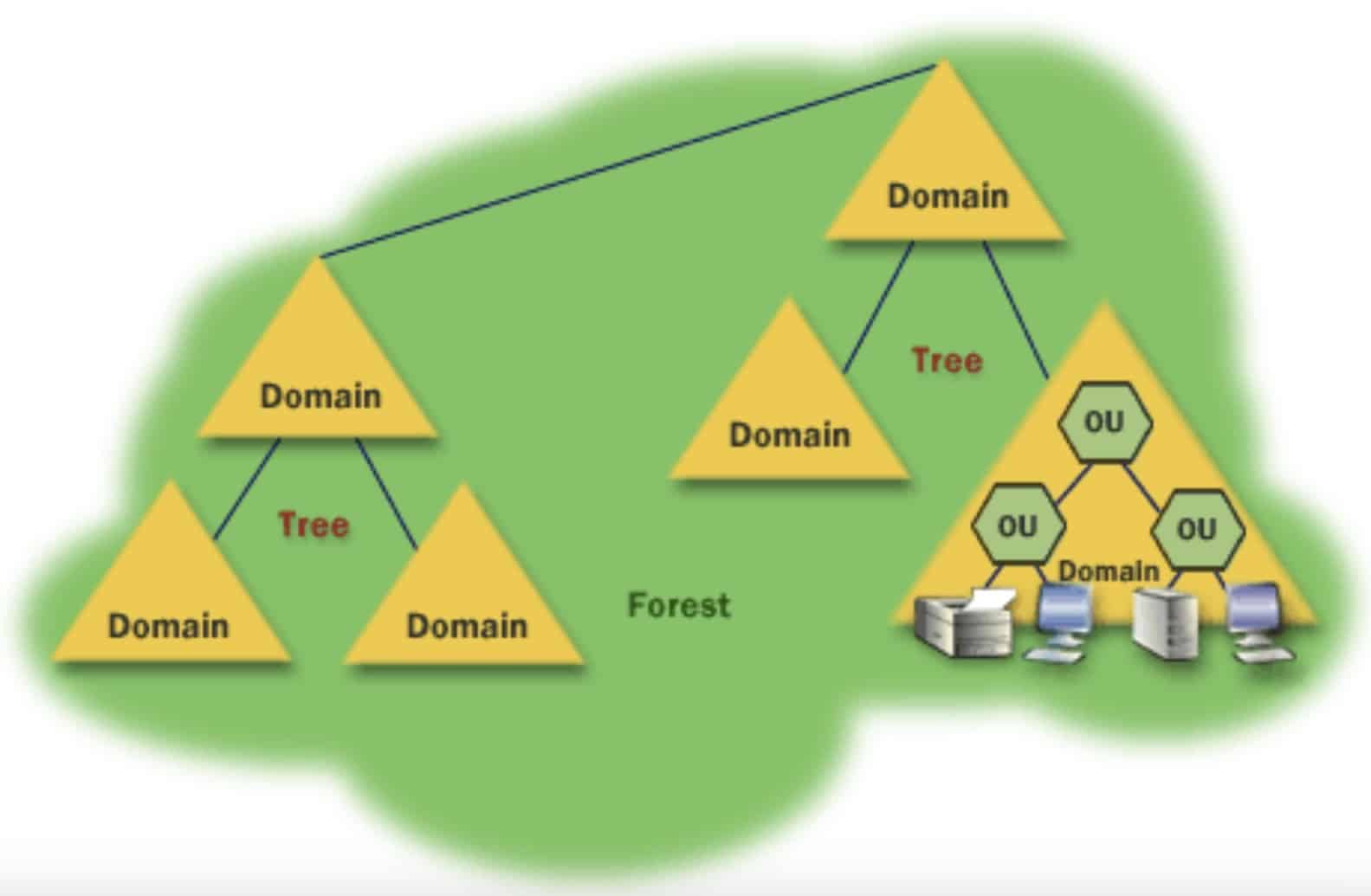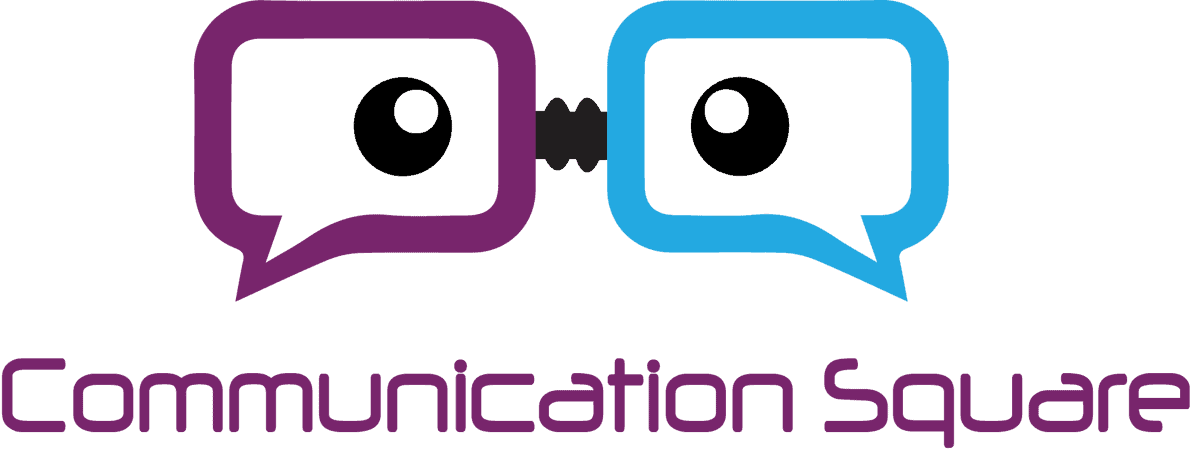Ever wondered how your office network stays so organized and secure? Well, here’s your one-stop guide to understanding the four crucial types of Active Directory services that make your workday a breeze. We're talking about Active Directory Domain Services (AD DS), Active Directory Lightweight Directory Services (AD LDS), Active Directory Federation Services (AD FS), and Active Directory Certificate Services (AD CS). Let’s dive into this blog for an all-in-one guide to Active Directory's four essential types, making your business's tech life a breeze. These Active Directory tools are vital for maintaining an organized and secure network environment.
What is Microsoft Active Directory?
The heart of Active Directory or AD for short is Active Directory Domain Services (AD DS), a key component of the Windows Server operating system. Servers that run AD DS are known as domain controllers (DCs), and they play a crucial role in maintaining the integrity and security of your organization's network.
In a typical setup, you'll find multiple DCs, and each has its own copy of the entire directory for its domain. When changes occur on one DC—like updating a password or removing a user account—these updates are automatically replicated across all other DCs to ensure consistency and accuracy.
The Global Catalog server is a specialized type of DC. It holds a full copy of all objects in its own domain's directory and a snapshot of objects from all other domains in the forest. This design allows users and applications to effortlessly find objects across any domain in the entire forest.
But what if your organization is in the cloud? No worries, Microsoft has Azure Active Directory, Azure AD for those who like to keep it short. It's like AD's cloud-based cousin and works just as hard to keep things organized. And guess what? If your organization employs a hybrid IT setup—combining both on-premises and cloud infrastructures, Azure AD and AD can work together to provide a unified experience.
The Structure of Active Directory and Active Directory tools
The principal areas of Active Directory's structure can be broken down into several key components, each serving a unique function within a network environment:

Domains:
These serve as the fundamental administrative units in an Active Directory environment. They contain a collection of objects such as users, computers, and resources, all managed as a single unit.
Organizational Units (OUs):
These are sub-containers within a domain that allow for more fine-grained administration. You can organize users, groups, and devices into different OUs for easier management.
Trees:
A tree is a hierarchical arrangement of one or more domains that share a contiguous namespace. Trees allow organizations to structure their domains in a way that best suits their operational needs.
Forests:
A forest is the highest level of organization in Active Directory. It is a collection of trees that might operate independently but are connected by trust relationships and share a common schema.
What are the four different categories of Microsoft Active Directory?
Let’s dive in to discover the four must-know categories that make up Microsoft's Active Directory the go-to for organizing your digital workspace.
Type 1: Active Directory Domain Services (AD DS)
Meet the MVP of your company's network: Active Directory Domain Services, often abbreviated as AD DS. Think of it like the team captain that makes sure everyone is playing by the same rules. It’s the core of Active Directory and focuses on management and security of your entire digital playground.
So, what does it actually do? AD DS creates that secure and structured environment where you log in, access files, and use company resources like printers or internal websites. It's like a digital gatekeeper that ensures only the right people get access to specific things.
And the benefits? Oh, the Benefits of AD DS are huge! For starters, it's your security VIP, keeping your data locked down. Plus, it streamlines your workday by automating tons of administrative tasks. No more password reset nightmares or access issues. With AD DS, it’s all sorted.
In short, AD DS is your invisible work buddy, making sure your day runs smoothly while keeping the bad guys out.
Type 2: Active Directory Lightweight Directory Services (AD LDS)
Next in line is Active Directory Lightweight Directory Services, or AD LDS for short. Think of it as the younger sibling to AD DS. While AD DS is the all-encompassing team captain, AD LDS is more like the specialist player who focuses on specific tasks.
So, what is its role on the team? AD LDS handles directory information and makes it accessible, but it does not deal with all the extras like security policies or login permissions. It's designed to be more flexible, supporting multiple directories on a single server, for instance.
Now, you might be asking, "How AD LDS differs from AD DS?" Great question! Unlike AD DS, AD LDS does not handle your logins or set the security rules for your network. It's all about storing and fetching specialized or application-specific data. If AD DS is a secure vault, then AD LDS is more like a quick-access drawer for less sensitive stuff.
Why should you care? Well, if your business uses custom applications or needs to store data in a nimbler way, AD LDS is your go-to. It keeps things light and quick, making sure your apps run smoothly without weighing down your main directory services.
AD LDS is the agile player in your company's directory game, offering specialized skills without hogging the spotlight.
Type 3: Active Directory Certificate Services (AD CS)
Think of AD CS as your digital ID card maker. You know how you need a badge to enter your office building? AD CS provides a similar layer of security, but for your network. It issues and manages secure digital certificates that confirm the identity of people, websites, and even devices on your network.
So, what's in it for you? Well, AD CS is all about making your digital world secure and trustworthy. It's like having an extra set of locks on your doors, making sure no one gets in unless they're supposed to. With digital certificates, you can securely exchange emails, identify yourself to access network resources, and even encrypt your data.
Now, you might be wondering, "What's this got to do with Understanding AD FS in Active Directory?" Great question! Active Directory Federation Services (AD FS) and AD CS are like cousins. While AD CS secures your internal network, AD FS allows secure access to external or partner networks. You could say that AD CS lays the groundwork, making AD FS's job easier when it comes to external security.
In a nutshell, AD CS adds an extra layer of security that not only keeps your internal operations safe but also seamlessly collaborates with solutions like AD FS for external safety. It's like having a security detail both inside and outside your digital 'building.'
Type 4: Active Directory Federation Services (AD FS)
Imagine you're traveling for work and need to access your company's system from a partner company's office. It's like visiting a friend's exclusive party; you're not on the list, but you're still welcome. That's what AD FS does—it allows you to securely access resources from another network as if they were your own.
So, when it comes to "Understanding AD FS in Active Directory," think of it as your passport to other secure networks. With AD FS, you don't need a new login or password. It vouches for you, letting you access external systems securely, using your existing credentials.
Why should you care? Here are the perks:
Ease of Use:
One password, many services. You don't have to remember multiple logins, making life so much easier.
Enhanced Collaboration:
With AD FS, collaborating with partner companies becomes a breeze. You can access shared resources securely, without the hassle of setting up new accounts.
Increased Security:
Despite its flexibility, AD FS keeps things tight on the security front, ensuring that only authorized personnel get access.
So, if you've been scratching your head about Understanding AD FS in Active Directory, just think of it as your digital passport, making your work life a whole lot easier and more secure when venturing outside your home network.
Comparing the 4 Types of Active Directory
Here's a tabular comparison of how the four Active Directory types stack up:
Feature | Active Directory Domain Services (AD DS) | Active Directory Lightweight Directory Services (AD LDS) | Active Directory Certificate Services (AD CS) | Active Directory Federation Services (AD FS) |
|---|---|---|---|---|
Primary Function | User and resource management | Application-specific data storage | Digital certificate management | Single sign-on across various domains |
Security | High | Moderate | High | High |
Ease of Use | Moderate | High | Moderate | High |
Flexibility | Moderate | High | Low | High |
Scalability | High | Moderate | Moderate | High |
Special features | Group Policy, DNS integration | Multiple instances, Schema customization | Digital certificates, Secure Email | Single Sign-On, Web security |
Business Use Case | General purpose, suitable for most businesses | Specialized applications, directory-enabled applications | Secured internal communication, identity verification | Collaboration with external partners, secure external access |
Benefits for Your Business | Streamlined admin tasks, High security | Quick data retrieval, easy integration with apps | Secure internal data exchange | Simplified access to external resources |
So, "Which Active Directory type is best for my business?" It really depends on your specific needs. If you're all about general user management and security, AD DS is a strong pick. Need to support specialized applications? AD LDS could be your hero. Want to boost your internal security measures? Check out AD CS. And if you're aiming for smooth sailing in collaborations with external partners, AD FS is the way to go.
For an in-depth look at how these benefits translate into real-world solutions, check out our Microsoft Application Management with Intune and Azure Active Directory Case Study.
Conclusion:
And there you have it, folks—a deep dive into the intriguing world of Microsoft's Active Directory. From the all-encompassing AD DS to the agile AD LDS, the secure haven of AD CS, and the passport-like capabilities of AD FS, we've covered it all. Now you're not just familiar with these terms; you're practically fluent!
So, which Active Directory type is the MVP for your business? That depends on your game plan. Whether it's tightening security, streamlining administration, or collaborating beyond borders, there's an Active Directory service tailored just for you.
For an in-depth look at how these benefits translate into real-world solutions, check out our Microsoft Application Management with Intune and Azure Active Directory.
Still got questions or ready to make your network more efficient, secure, and user-friendly? That's what we're here for, book a strategy call with us to explore the best active directory tools for your business needs!
Last Updated 4 months ago


